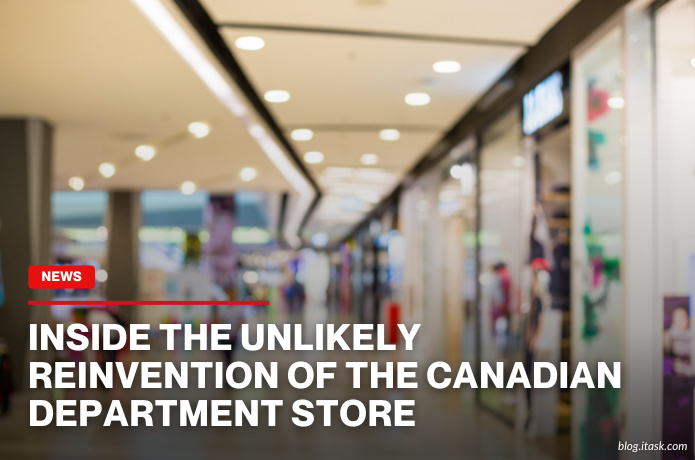Inside the unlikely reinvention of the Canadian department store
Inside the unlikely reinvention of the Canadian department store

Inside the unlikely reinvention of the Canadian department store, Canada’s beloved Hudson’s Bay has been undergoing a massive transformation driven by necessity. The historic retailer, which traces its origins back to the 17th century, closed all of its stores across the country earlier this year. Flagship locations in cities like Toronto, Montreal, and Vancouver shut their doors after years of financial losses, rising debt, and shifting shopping habits. It marked the end of an era for one of Canada’s oldest and most recognized retail names.
But instead of fading away completely, Hudson’s Bay is getting a second life—just not in the way most expected. The brand, known for its striped blankets and deep roots in Canadian history, was sold to a major retailer in a deal worth tens of millions. Meanwhile, a different company picked up leases for several former store locations with plans to relaunch them under new management. The moves split the company into two pieces: one that controls the brand and its legacy, and another that handles the physical stores.
What’s emerging is a slimmer, more modern version of the department store model. The new approach focuses on smaller stores, lower costs, and targeted product offerings. The plan is to avoid the bloated structure of traditional department stores, which had become too expensive and too broad to survive in today’s retail climate. Instead, the brand will rely on partnerships and licensing deals, allowing it to live on without the massive overhead.
This reinvention didn’t come out of nowhere. Before shutting down, Hudson’s Bay had already been trying to adapt. It reintroduced discount sections inspired by Zellers, revamped its luxury departments, and played up its heritage. But these efforts weren’t enough to offset changing consumer habits, rising prices, and the popularity of online shopping. When shoppers stopped coming, the old model simply couldn’t hold.
Meanwhile, other Canadian retailers have taken different paths to survival. Some, like Simons, focused on turning shopping into an experience, using architecture, art, and carefully chosen products to stand out. These stores have built loyal followings by giving people a reason to visit in person rather than just shopping online. Their growth shows there’s still a place for department stores—just not in their traditional form.
The new version of Hudson’s Bay reflects a broader shift in how retail works today. The key isn’t having massive stores or trying to sell everything under one roof. It’s about knowing what people want, cutting unnecessary costs, and making the brand matter. The Canadian department store isn’t dead—it’s just being rebuilt into something that fits today’s world.
